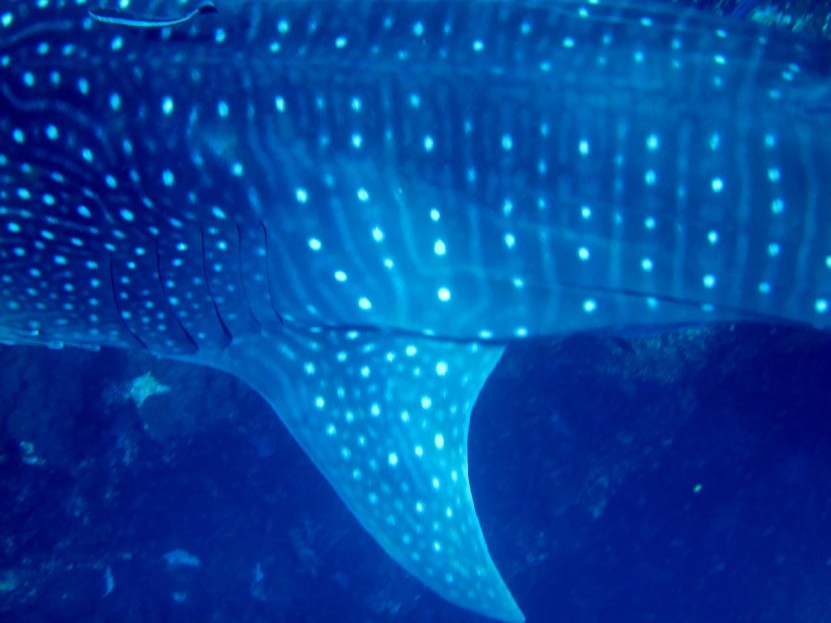Whale Shark Migration Patterns

It is with great excitment that we share the news just received from Ecocean ...
One of the whale sharks that we spotted first at Surin Islands on 1st March, then again at Richelieu Rock on 5th March was subsequently spotted in Phi Phi Islands on 2nd April.
To identify different whale sharks through their individual patterns around their gills and dorsal fins, Ecocean use technology similar to that used by NASA to identify constellations in the night sky by matching up the dots. Through this technology Ecocean have been able to match the patterns for this particular whale shark using photos submitted by Blue Guru on 2 occasions last year and recently by another dive instructor.
This provides another piece in the enormous research puzzle about whale shark migrations. Do they have regular annual migrations? Do they have life-cycle migration patterns? Where are they going & why? Relatively little is known at the moment, so every single contribution that can be made to solve the puzzle is extremely valuable.
Sadly, considering all the whale shark sightings that occur around the world throughout the year, relatively few whale shark sightings are submitted to Ecocean or to Shark Trust, a UK based charity which also conducts photo ID research to identify whale shark movements. What would really help is if photos & data were submitted for every whale shark sighting. Then we could learn so much more about their global migration patterns.
We therefore encourage all divers, whether you are a recreational or professional diver, to look through your past photos of whale shark sightings. If you have any pictures that show the gills area or the primary dorsal fin area from left or right side, please submit them to www.whaleshark.org and www.sharktrust.org, along with details of where & when you spotted the whale shark.
And if you lucky enough to dive or snorkel with a whale shark in the future, please try to take a photo from the left or right side clearly showing the gills area or primary dorsal fin area. Just 1 good photo can enable a photo ID match to be made by Ecocean or Shark Trust. If you can get photos from both sides of both areas, even better.
In all the excitement of seeing a whale shark and with the best intentions of getting a good clear shot from the side of the whale shark, please still remember to be a safe eco-diver. Do not chase or swim in front of a whale shark. Stay at least 3m away from its body, 4m away from its tail. Do not try to touch a whale shark. Avoid using flash photography. And for your own safety, watch your depth & air gauges.
If you are the first person to submit a photo of a particular whale shark, you can even have the honour of naming it! So get in there quick! But the coolest thing is when you receive an email from Ecocean or Shark Trust providing details of where "your" whale shark is seen subsequently.
So very interesting to be a part of this international research! Please join in everyone!



